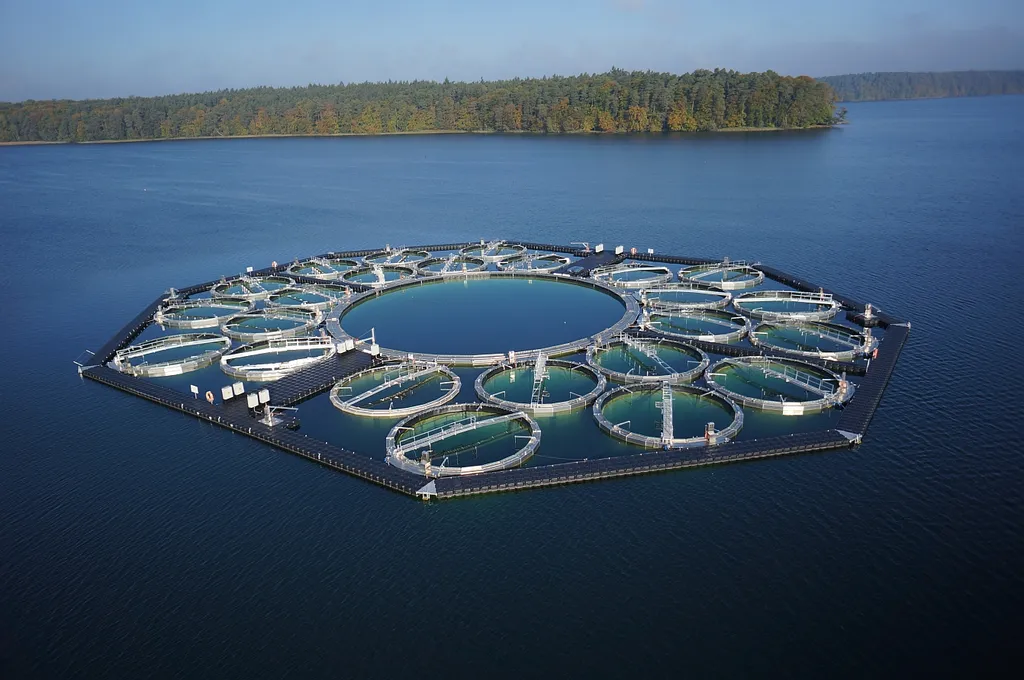In the intricate world of construction and infrastructure development, precision is paramount. A recent study published in ‘The International Archives of the Photogrammetry, Remote Sensing and Spatial Information Sciences’—known in English as the International Archives of the Photogrammetry, Remote Sensing and Spatial Information Sciences—sheds light on a critical advancement that could revolutionize how we approach large-scale projects, particularly in the energy sector. At the heart of this research is Dr. Clemen from the HTW Dresden, University of Applied Sciences, Faculty of Spatial Information, who has developed a method to bridge the gap between geospatial surveys and 3D Building Information Modeling (BIM).
The challenge has long been clear: while BIM focuses on three-dimensional planning and model coordination, it doesn’t inherently account for geodetic coordinates. This discrepancy leads to systematic deviations that can cause significant issues in large-scale projects, such as those undertaken by the German Railway. Dr. Clemen’s solution involves converting geodetic coordinates into an optimized coordinate reference system, a process that has been standardized and implemented for 6,326 traffic stations across the German Railway network. This approach minimizes systematic deviations and ensures consistent referencing of railway track alignments.
The implications for the energy sector are profound. Energy infrastructure projects, such as the construction of power plants, wind farms, and grid expansions, require the highest levels of precision. The ability to convert geodetic coordinates into a local Cartesian system—where deviations are minimized to less than 5 parts per million—ensures that geometric models, including CAD/BIM and high-quality 3D point clouds, can be used with confidence. This not only streamlines the planning and construction phases but also facilitates easier conversion to other coordinate reference systems using standard GIS tools.
Dr. Clemen emphasizes the practical benefits of this approach: “This method allows construction projects to be directly staked out from the BIM model, reducing errors and improving efficiency.” By ensuring that all stakeholders—from engineers to surveyors—are working with the same precise data, the risk of costly mistakes is significantly reduced.
The research also highlights the importance of consistent referencing, particularly in projects that span large geographical areas. The DB REF geodetic datum, used in this study, provides a reliable framework for aligning railway tracks and other infrastructure elements. This consistency is crucial for the energy sector, where projects often involve multiple contractors and subcontractors working across different regions.
As the energy sector continues to evolve, with a growing emphasis on renewable energy and smart grid technologies, the need for precise, reliable data will only increase. Dr. Clemen’s work offers a blueprint for how future projects can be managed more effectively, ensuring that the infrastructure of tomorrow is built on a foundation of accuracy and efficiency.
In the broader context, this research could shape the future of construction and infrastructure development. By standardizing the conversion of geodetic coordinates and minimizing deviations, projects can be completed faster, more accurately, and with fewer resources. This not only benefits the energy sector but also has implications for transportation, urban planning, and other industries that rely on precise spatial data.
As the construction industry continues to embrace digital transformation, innovations like Dr. Clemen’s will play a pivotal role in shaping the future. The ability to integrate geospatial data seamlessly into BIM models represents a significant step forward, one that promises to enhance the precision, efficiency, and reliability of large-scale projects. For professionals in the energy sector and beyond, this research offers a glimpse into a future where data-driven decision-making is the norm, and precision is non-negotiable.

